Tag Archive for: bagua
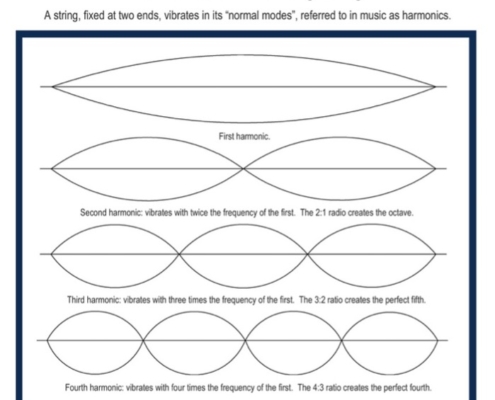
Pythagoras and Fu Xi: Brothers from another Mother
Some of the concluding portions of Homo Mysticus that tie together deep metaphysical concepts from Pythagorean philosophy (as embedded in the tetractys) and the I Ching (Yi Jing), the Classic of Changes, from deep Chinese antiquity.
As…
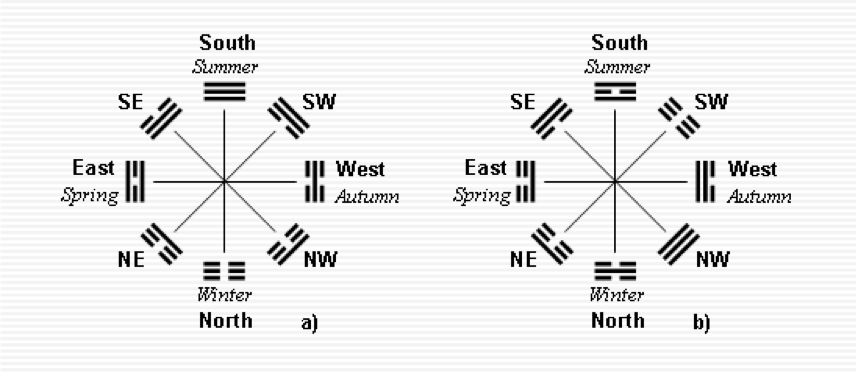
The Eight, The Four, the Three and the Two
We’ll walk through Buddha’s teachings here for a moment but before we get to Buddha’s awakening we must look at how the Buddha arrived at the Bodhi tree to begin with. He was the son of a prince, and when he was born his father was told…
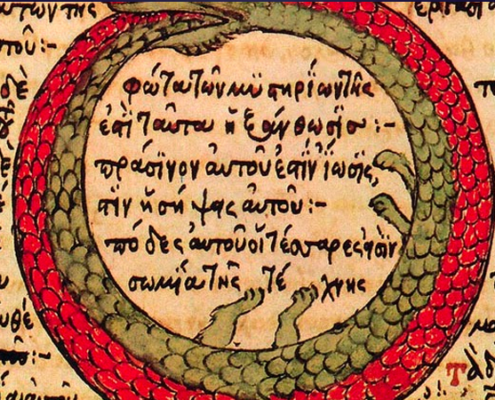
Nietzsche and the Übermensch
In Thus Spoke Zarathustra, Nietzsche - like many other great authors before (and after) him - creates a character through which he can “explore” ideas, through which he can communicate directly from mind you might say. Plato was the…
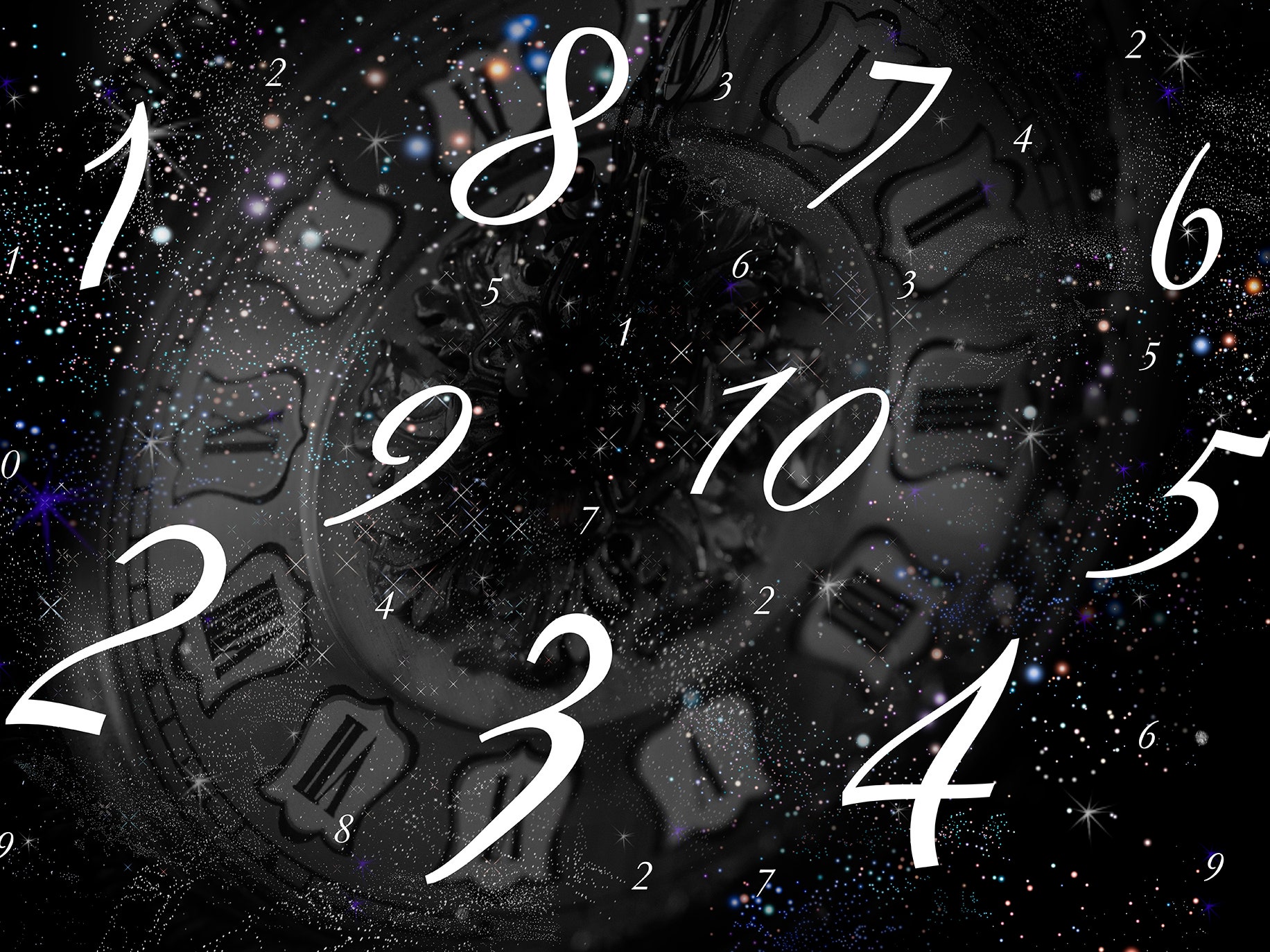
numbers and philosophy in antiquity (cont)
While it’s tempting to look at the sequences of the bāguà, again the “eight trigrams” or “eight gua”, which as far as the tradition goes represent the earliest form of the Yĭ Jing from which the system of the 64 hexagrams was…
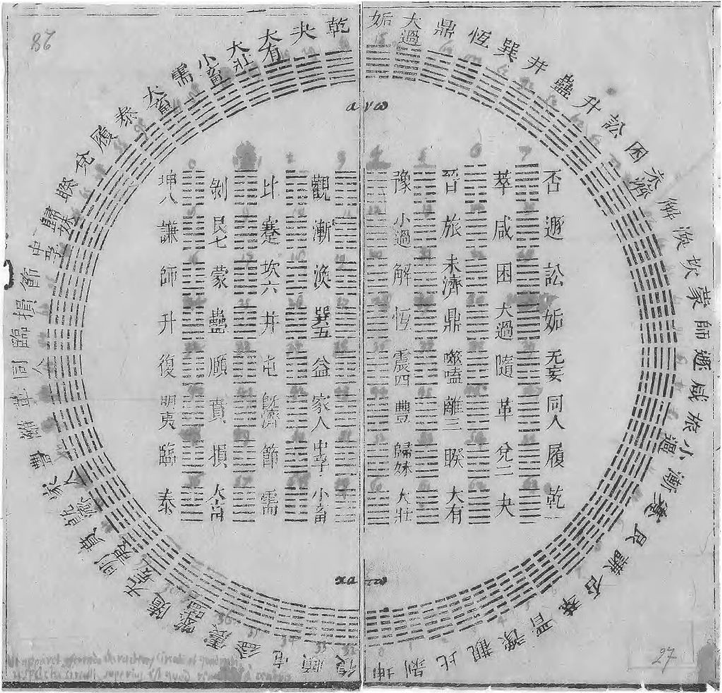
The Metaphysics of the I Ching: The Alignment of Heaven, Man and Earth
While the translational difficulties from Traditional Chinese into English are fairly well documented, even with the introduction of the Pinyin Romanization system of Chinese words in the middle of the twentieth century which is now predominantly…
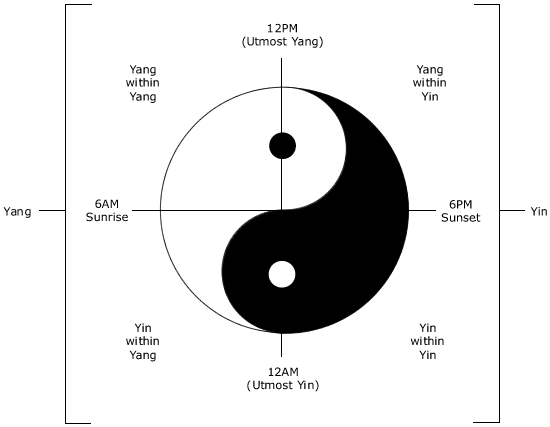
As Easy as One, Two, Three
Numbers are an interesting thing really
One could, elementarily (both figuratively and definitively)
Break down the Western and Eastern ways of thinking
Into as easy as 1, 2, 3 - A, B, C
Pythagoras starts with the Monad,
From which the great…
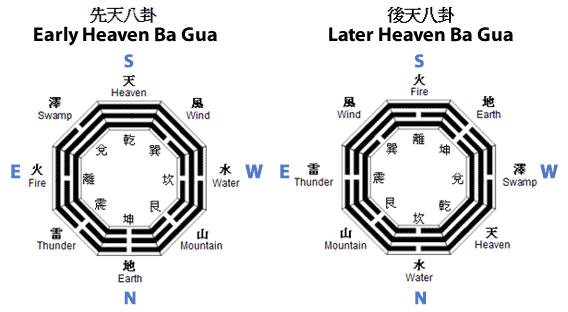
The Book of Changes: The Wisdom of the Far East
One of the most unique, lasting and influential texts that has come down to us from the Far East that in antiquity is the Yijing (I Ching), also known as the Book of Changes. The work has a long history, its roots dating back at least to Bronze…
